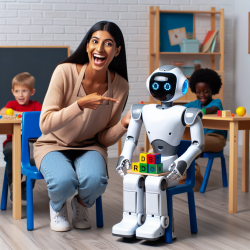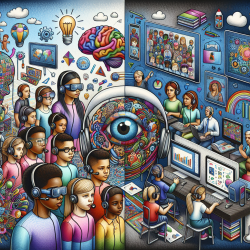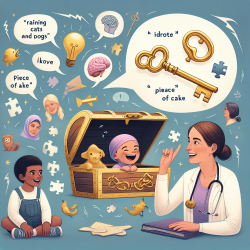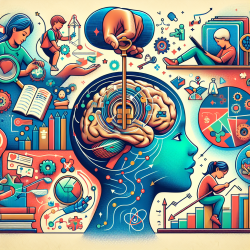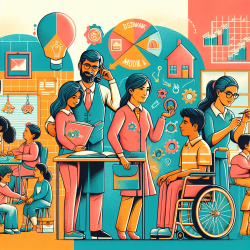In the rapidly evolving field of educational technology, humanoid robots have emerged as promising tools for supporting autistic learners. A recent study titled "Educators' Views on Using Humanoid Robots With Autistic Learners in Special Education Settings in England" offers valuable insights into the potential and challenges of integrating these robots into special education settings. This blog aims to translate these research findings into actionable strategies for practitioners.
Engagement and Motivation
One of the most significant findings from the study is that educators believe humanoid robots can be highly engaging for autistic children. The predictable and consistent nature of robots can make them less intimidating than human interactions, thereby fostering a safer learning environment. This can be particularly beneficial for children who struggle with the unpredictability of human behavior.
Predictability and Consistency
Humanoid robots offer a level of predictability and consistency that can be advantageous for autistic learners. The study found that educators see these traits as beneficial for helping children feel secure and focused. However, it's crucial to balance this with opportunities for children to engage with the unpredictability of human interactions to prepare them for real-world scenarios.
Roles of Robots in the Classroom
Educators identified several potential roles for robots in the classroom, such as guiding, prompting, and even leading group activities. However, they emphasized that robots should not replace human teachers but rather serve as supplementary tools. Planning and personalizing robot interactions to meet individual student needs are essential for maximizing their effectiveness.
Social Skills Development
The study highlights that robots can be useful in teaching social skills, such as turn-taking and understanding the impact of one's behavior on others. These skills are often challenging for autistic children but are crucial for their overall development. However, the ultimate goal should be to transition these skills from robot interactions to human interactions.
Challenges and Considerations
While the potential benefits are significant, the study also points out several challenges. These include the risk of children becoming overly attached to robots, the need for extensive training for educators, and the importance of ensuring that skills learned with robots can be generalized to human interactions. Addressing these challenges requires careful planning and ongoing evaluation.
Future Research and Implementation
Educators expressed a cautious optimism about the future use of humanoid robots in autism education. However, they also stressed the need for further research to validate the effectiveness of these tools. Collaboration between researchers, educators, and technologists will be crucial in developing and implementing robot-assisted educational programs that are both effective and ethically sound.
To read the original research paper, please follow this link: Educators' Views on Using Humanoid Robots With Autistic Learners in Special Education Settings in England.
